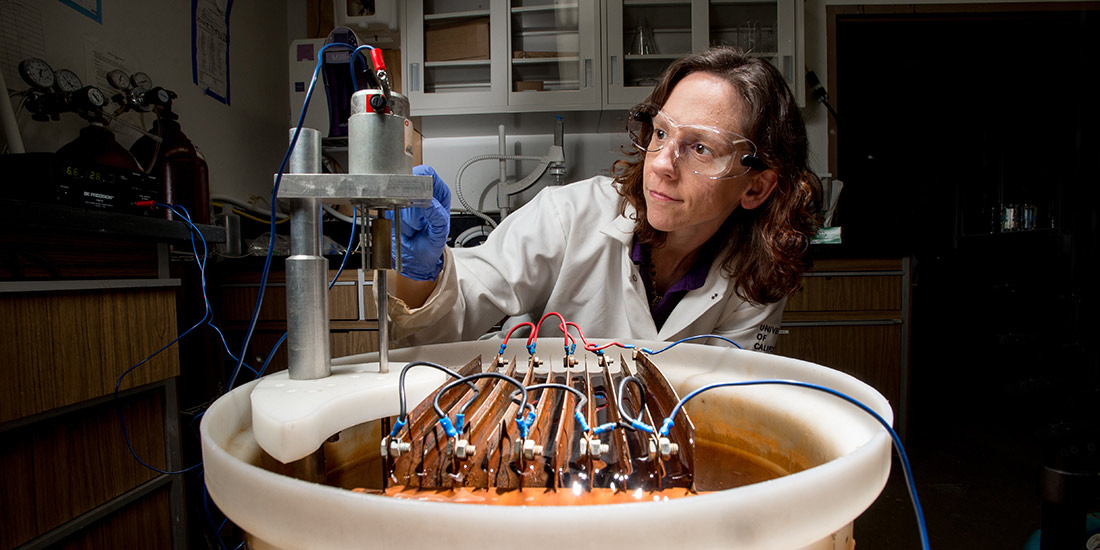
For clean water
Ten years ago, physics major Susan Amrose was passing a classroom where civil and environmental engineering professor Ashok Gadgil was teaching the course Design for Sustainable Communities. She sat in on the first class and wound up staying the semester. Today, she teaches the course.
The Gadgil Lab, known for its revolutionary Berkeley Darfur cookstoves, was also working on a modular and scalable way of removing arsenic from groundwater in South Asia.
“I realized this is where I wanted to be,” says Amrose, now a lecturer in civil and environmental engineering, “doing science that could be immediately applied to development challenges.”
As many as 200 million people drink water with varying levels of arsenic, which, though naturally occurring, can cause cancer and other illnesses with high or chronic exposure. “It has been called the largest mass poisoning in human history,” says Amrose.
By 2009, Amrose and Gadgil had teamed up with Berkeley Lab staff scientist Robert Kostecki and built an electrochemical arsenic remediation (ECAR) prototype. Steel plates submerged in a large tank of water are electrified via a small voltage to accelerate rusting. The iron oxides bind to arsenic, causing it to sink to the bottom.
Luminous Water Technologies now uses the team’s technology in schools and villages in India and Bangladesh. Closer to home, Amrose and Berkeley alum John Pujol started SimpleWater, a company to distribute the technology to small rural communities in the U.S. — including California’s Central Valley, which contains the nation’s highest arsenic levels.
In all cases, Amrose remains loyal to her biggest idea of all: bridging the gap between research and real-world applications. “A lot of great technology and research doesn’t end up making an impact because it doesn’t cross that chasm,” she says. “We can do better. We can really have more of a hand in making these things create impact in the world.”

